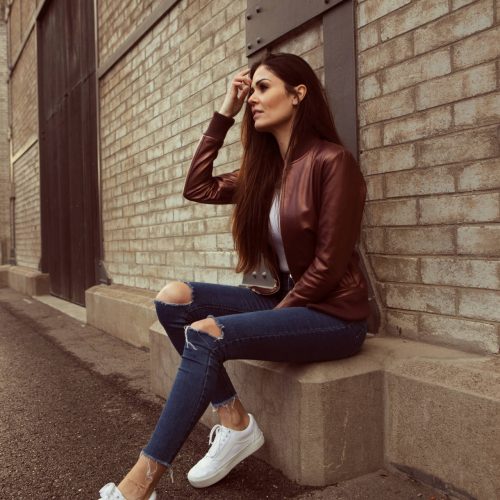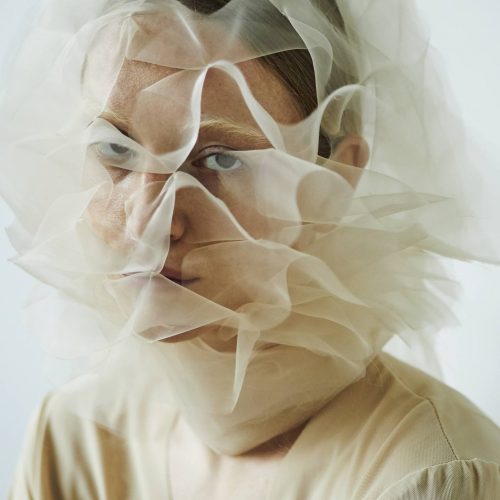Algae: The Muse of Violaine Buet’s Textiles
Algae is one of the most extensively studied natural resources; its biological components are bountiful making it suitable for a wide range of uses, from pharmaceutics to fertilisers, cosmetics and food—to mention only a few industries. The myriad of human uses for seaweed is nowadays expanding to the manufacturing of objects, where algae becomes the embodiment of art, decoration and jewellery. Here is where Violaine Buet takes the stage: her artistry explores the physical wonders of the seaweed.
Driven by capitalist dreams, we have grown accustomed to controlling our surroundings that we’ve lost sensitivity to allow natural bodies take their own shape at their own pace and, what’s even more, we’ve grown reluctant to accepting that our understanding of these processes takes time to mature. Violaine Buet, however, has been opponent to decreeing the course of nature. The French artisan allows the natural conditions of the seaweed lead her exploration into developing textures which final purposes are never anticipated.

Courtesy of Violaine Buet
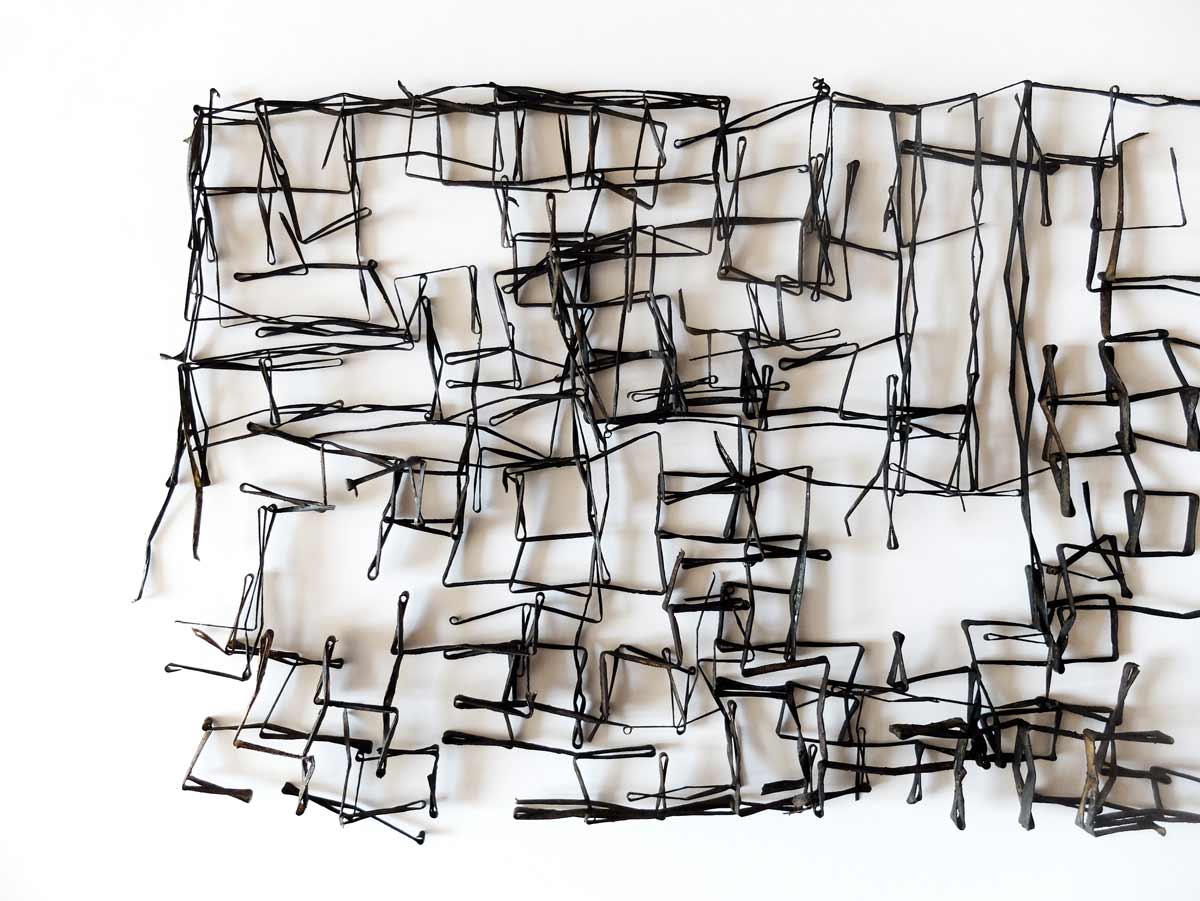
Courtesy of Violaine Buet
Violaine picks up the phone from her hometown and current residency in Bretagne, and after we set the tone for our short call, our conversation kicks off with Violaine’s narration on the evolvement of her relation to seaweed. Violaine worked in a traditional atelier for two years in India, time during which she had the opportunity to work with local resources. “When I came back to France, I wanted to work with something natural, something that changed over time,” she explains.
“Seaweed is an organism; it’s a body that will change, and it’s different if it’s dried or wet—so it’s never really a constant material.”
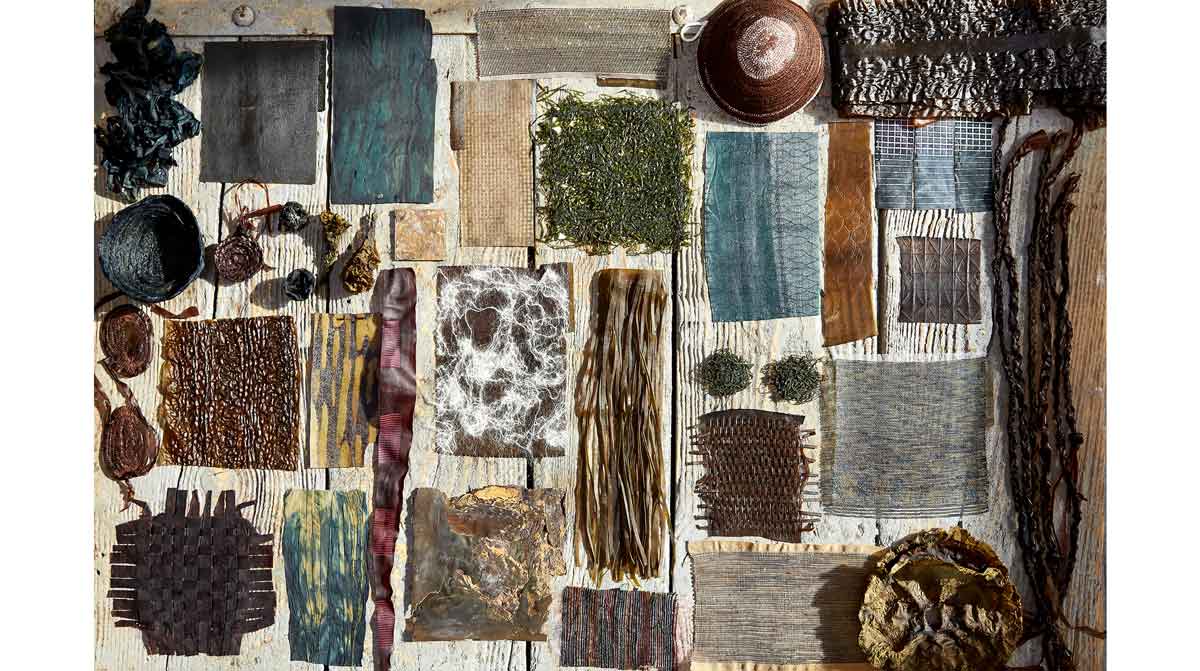
Seaweed Textiles ©PY Dinasquet
Since her return four years ago, Violaine has opened a studio dedicated to researching the boundaries and resilience of seaweed—a resource that she collects from Bretagne’s coastline. At her studio textiles that can be used in haute-couture, home deco, and accessories are developed. However, she explains, from beginning to end, the evolution is an unpredictable journey. “All the uses, textures and colours that I’ve achieved working with the seaweed weren’t planned. I never decided that I wanted to get there.” In that way, she continues, her creative process is rather organic for it overcomes common practices leading to the abrupt commodification of products.
“I want to see where the seaweed takes me, I’m not going to tell the seaweed where to go.”
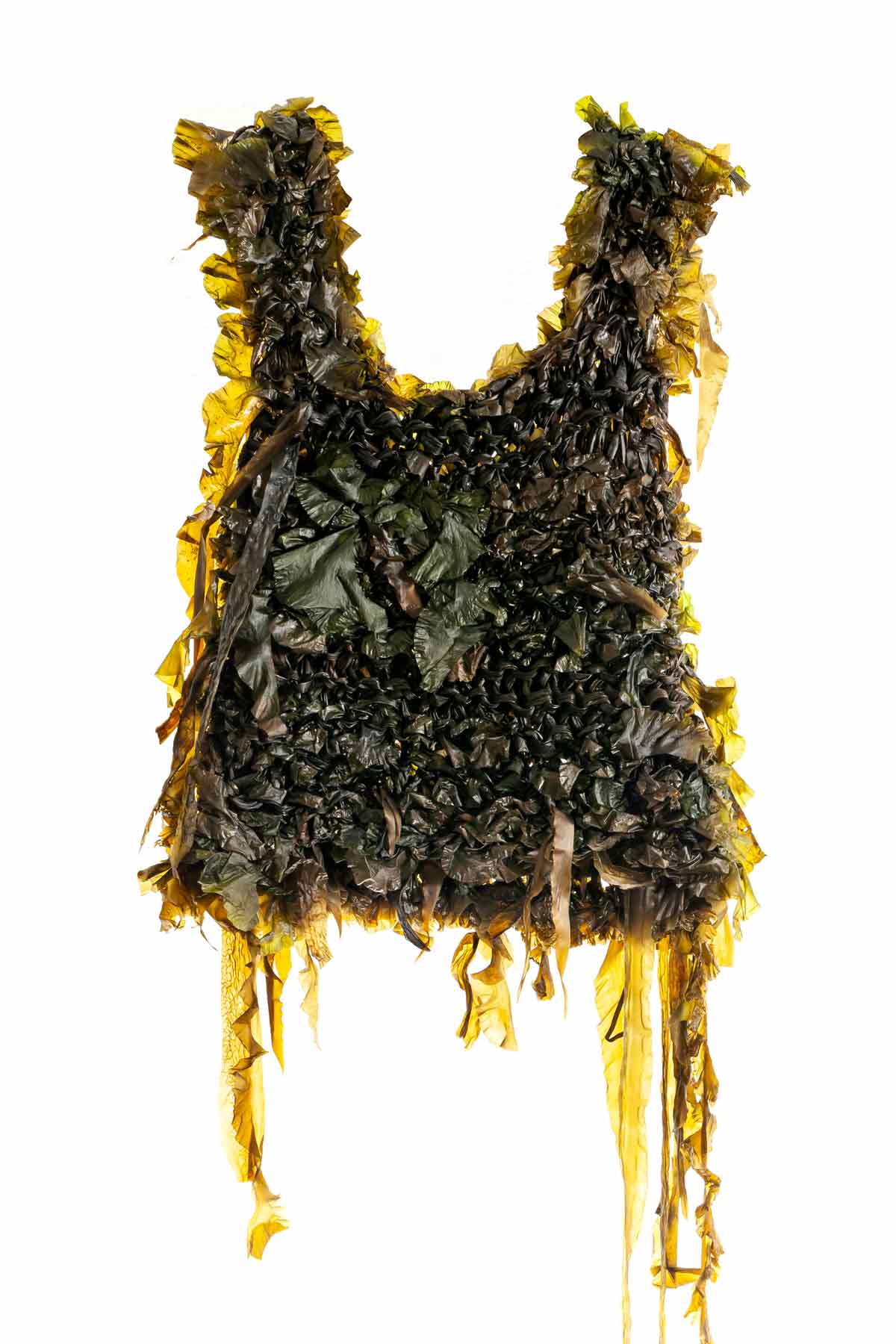
© Laurent Desmaret

© Laurent Desmaret

© Thierry Creux
We asked Violaine for her thoughts about her work exalting the properties of nature in a time of climate crisis. She deliberately asserts that her work is an expression of an emotional relation to nature. “When I decided to work directly with it, I developed an emotion for the place it came from,” and concludes that her work can motivate people to develop emotions towards different natural embodiments by welcoming ecology into their daily lives. With this said, we bid au revoir to the artisan whose slow work and extensive research forge a space where the unpredictable, organic rhythms and emotional intuition can converse and sprout a myriad of possibilities if they are left to germinate.
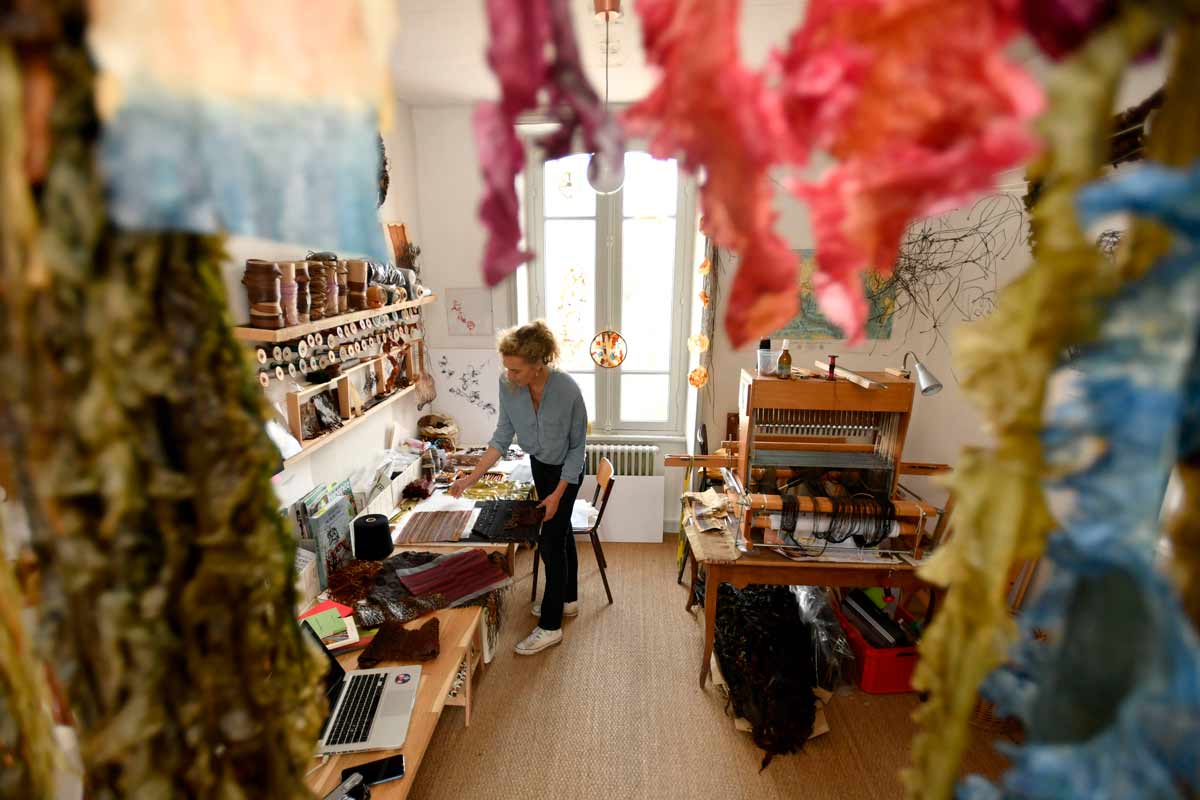
© Thierry Creux
Head image © PY Dinasquet
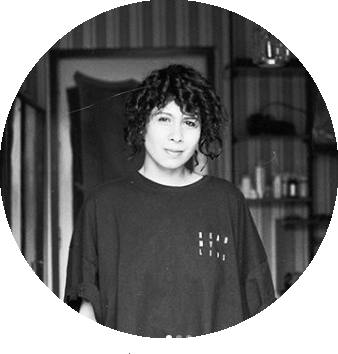
+ Words: Alejandra Espinosa, Luxiders Magazine Editor
Liberal Arts graduate | Berlin-based writer
Find her on LinkedIn

